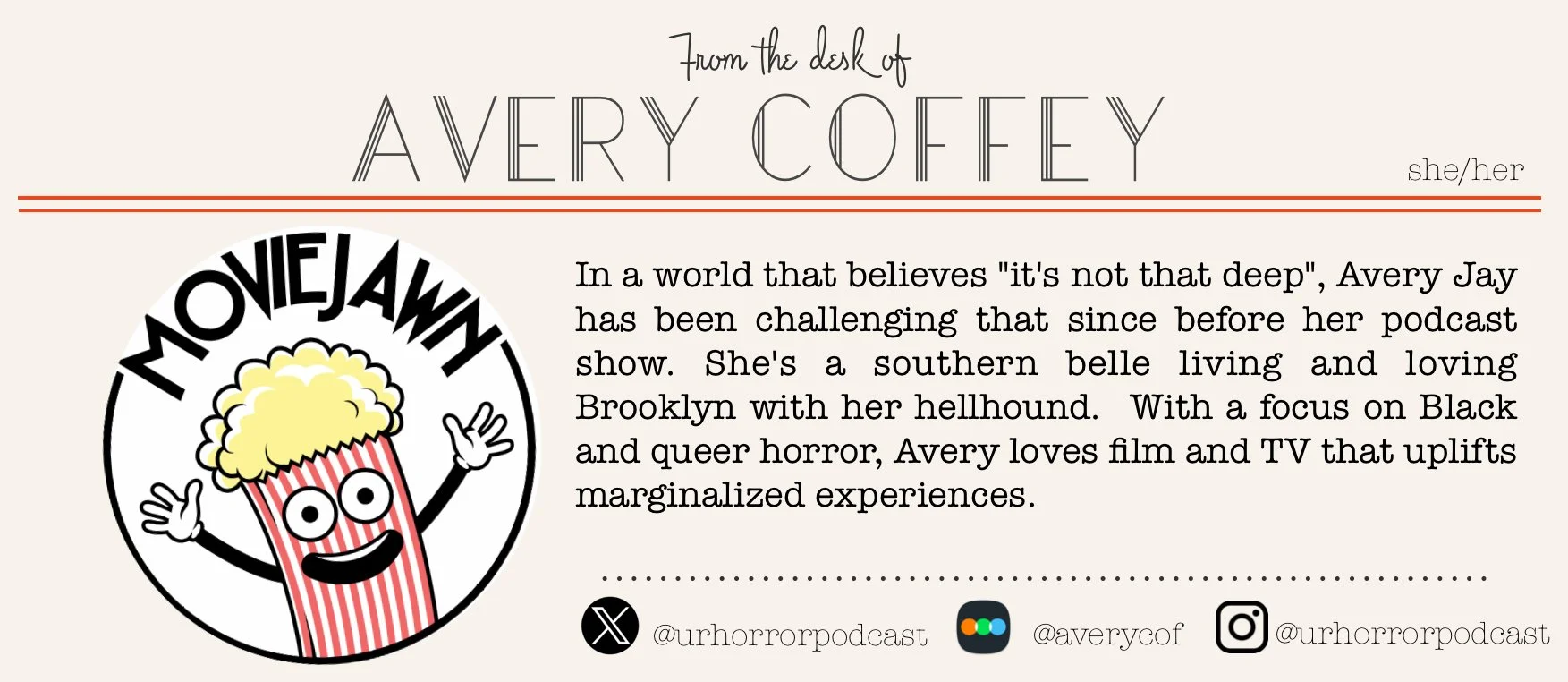HOLD YOUR BREATH uses the Dust Bowl as an apt 2020s metaphor
Directed by Karrie Crouse, Will Joines
Starring Sarah Paulson, Amiah Miller, and Ebon Moss-Bachrach
Rated R
Runtime: 94 minutes
Streaming on Hulu October 3
by Avery Coffey, Staff Writer
Twisters move aside. It’s Dust Bowl season. I don’t think I can recall a time when I watched a movie set during the Dust Bowl, let alone a horror movie. Directors Karrie Crouse and Will Joines take us to an unspoken-for time in history when the fears of the Great Plains mirrored the fears we’ve had since the start of this decade. Starring Sarah Paulson as a gun-wielding mother of two, we witness the mass anxieties and fears of an Oklahoma town consuming its townsfolk. Where others put their faith in Christianity and God, others preach the effectiveness of certain precautions like masks. Sounds familiar? If the threat of illness wasn’t big enough, it’s believed that a dark presence lurks in the dust storms, and Margaret (Sarah Paulson) is convinced that it’s threatening her family.
The root of the evil in this film comes from a storybook fable that Margaret’s children read for bedtime entertainment. Coined “The Grey Man,” this malevolent spirit would ride the winds of the dust storms, getting into people’s lungs and minds when they breathed in the dust. Once inhaled, the Grey Man could allegedly make people do terrible things. It’s used to heed a warning: wear your mask. Margaret comes to learn that, no matter how much control she tries to have in preventing death and illness, it will always come down to self-righteousness and ignorance.
Sarah Paulson’s return to horror serves as a good reminder for why she shines in the genre. She’s skillful at maintaining the dread of the narrative and, in this case, adding to it. Her character is balancing the livelihood of her family and her grief on a tightrope. While she maintains her posture to convince others that she’s mourned properly, her anxieties asphyxiate her in her dreams and reality. And the metaphor takes it a step further as it shows the emotional toll that Margaret’s grieving process has on her two daughters. Maybe this was the richest part of the narrative.
The overall plot feels disjointed with layers that never completely meld together. As a loyal The Bear fan, it was fun to see Ebon Moss-Bachrach in a darker role outside of his usual genre. His time on screen felt misused, though. As rumors circulate of a murdering drifter, Moss-Bachrach’s character, The Priest, shows up on Margaret’s doorstep claiming to know her husband. Sure- I was excited for the way this would shake things up. It only took away from our main focus and made the pacing feel slower. I hadn’t been super hooked in the beginning, so the movie kind of lost me around this point.
The scariest aspect of the story: being buried alive in a dust storm. Unfortunately, this is only a grain of the narrative. The rest of the writing struggled to gain its footing with the horror elements. I didn’t anticipate many, but I wanted more from the atmosphere. A story like this should be oozing with it. Instead, any moment of build-up relies on the crescendo of the score. Many of which were easy to brace for. So, without the emotional investment, is the view still worth it?
Hold Your Breath injects a fresh perspective into the landscape of modern horror. While the genre has been poured-over with AI-centric narratives as of late (and understandably so), there's a comfort in the reminders that period pieces, such as this one, can offer. As we navigate through the ever-shifting climate of our society, we’re able to look back and realize that humanity has weathered similar storms before.
Crouse and Joines’ debut feature demonstrates that horror, far from being a stagnant or regressive art form, continues to push boundaries and explore new territories. By delving into a historically rich yet cinematically underexplored era like the Dust Bowl, Crouse proves that there are still untapped wells of fear and tension to be found in our collective past. This approach breathes new life into the genre, reminding us that horror can be both a mirror to our present anxieties and a window into our historical fears.


